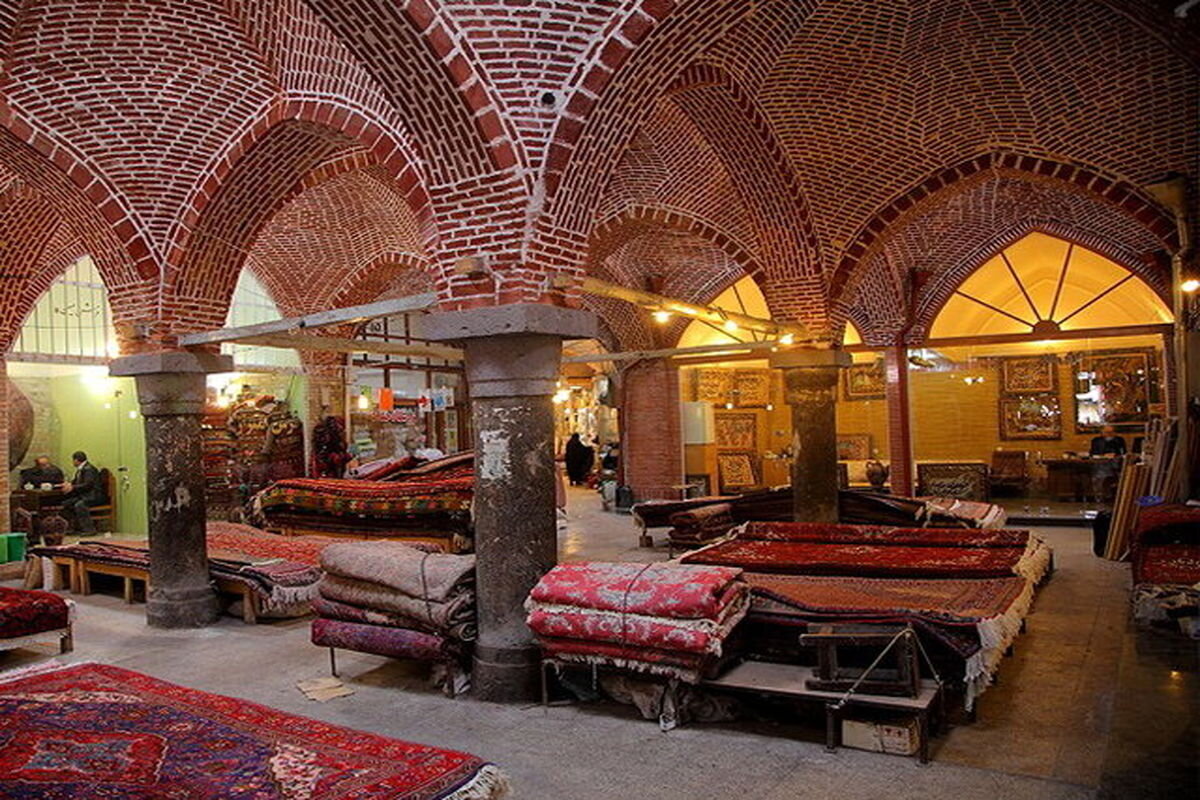Ardabil’s historical bazaar restoration accelerates

TEHRAN - The governor-general of Ardabil province has issued directives to accelerate the restoration and renovation of Ardabil’s historical bazaar.
During his recent visit to the site, Seyyed Hamed Ameli emphasized the importance of accelerating the execution of the restoration work.
He acknowledged that there had been some legal issues that caused delays in the project, which commenced a year ago, but confirmed that these issues have now been resolved, and the restoration efforts are progressing.
According to the official, the project is part of a broader effort to preserve Ardabil’s rich cultural heritage and boost tourism in the region.
Available data suggests that the historical bazaar of Ardabil was founded in the 13th century and stands as a testament to the region’s vibrant commercial history. This ancient market thrived significantly during the Safavid era, largely due to burgeoning trade relations between Iran and Russia. The prosperity continued through the Afshar and Zand periods, cementing the bazaar’s status as a bustling hub of commerce and culture.
Central to the bazaar is the Qeisarieh Chaharsuq, a pivotal intersection where two main passages meet. This small square, spanning 13 meters in width, serves as the heart of the marketplace, pulsating with activity and trade. Surrounding this central node are various pathways and Timchehs, specialized clusters of shops each dedicated to specific types of goods.
The Bazaar of Ardabil encompasses a diverse array of markets. Within its confines, one can find specialized sections for groceries, butchers, woodturners, leather makers, knife sellers, hatmakers, shoemakers, gold shops, and cotton shops. Additionally, blacksmiths and various other craftsmen set up their stalls here. Notable markets within the bazaar include those of Pir Abd-ol Malek, Golshan, Vakil, Zanjirlu, Haj Ahmad, Haj Shekar, Majidiyeh, Emam Jom’eh, and Dogachi.
Aside from its commercial significance, the bazaar also houses essential community structures such as bathhouses and mosques, reflecting its role as a social and cultural center. The intricate network of pathways and the array of specialized markets highlight the bazaar’s complex and well-organized structure, which has served the needs of Ardabil’s residents and visitors for centuries.
Situated on a high, windswept plateau, Ardabil is well known for having abundant natural beauty, hospitable people, and its silk and carpet trade tradition. It is also home to UNESCO-registered Sheikh Safi al-Din Khanegah and the Shrine Ensemble. It is freezing in winter and mild in summer, attracting thousands every year.
AM
Leave a Comment